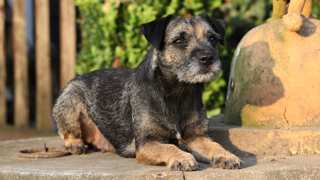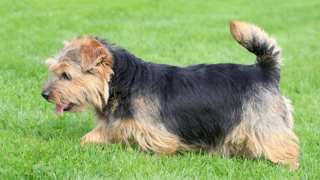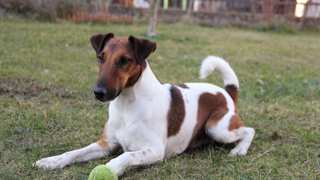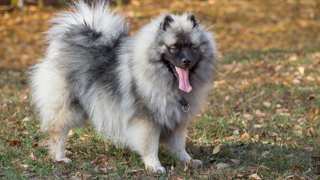The Italian Greyhound has few grooming and health needs. In most breeds, there are a fair amount or even a lot of areas that need to be overseen. With the Iggy, the lack of maintenance required in most the other areas is taken up by two characteristics that require loads of daily attention: their teeth and their nails.
Between the two, nail care is the easiest — in a relative sense. If you walk your Italian Greyhound daily and allow him to walk on concrete or some other hard, abrasive surface, you should have few worries about keeping his nails trimmed. If not, however, you will need to keep an eye on those nails. If you hear them clicking when he walks, it's time to trim. Failing to do so will eventually cause serious bone, muscle, and joint pain from the pushback cause by the nails not letting the paws and legs work the way they should.
Italian Greyhound teeth are the biggest concern with Iggys. Toy breeds are notorious for their problematic teeth, and this miniaturized dog is among the worst of the worst when it comes to dental concerns. Gum disease and its inflammation, in particular, is the worst aspect of this problem. This complication was even noted as far back as 1993 in that year's Italian Greyhound Club of America (IGCA) Health Survey.
Because of this, you need to learn how to brush your Iggy's teeth. This means a slow, gentle, and patient finger-brushing when he is a puppy. This helps him get used to this intimate, almost invasive activity. You also need to have a good doggy dental plan, a nest egg (in case something goes wrong despite all your care), and the ability to absorb that possible bite scenario if he simply doesn't feel like getting his teeth brushed one day!
You can't use human toothpaste, and this is absolute. Meat-flavored toothpaste is good, and there are many on the market. Some Iggy-owners prefer unflavored toothpastes, and using just one may not be enough. It's best if you alternate, say, between an antibacterial agent-filled oral solution like Enzadent and a canine toothpaste such as MaxiGuard.
If all this is too much, it may be that an Italian Greyhound and his many dental needs is best for someone else.






